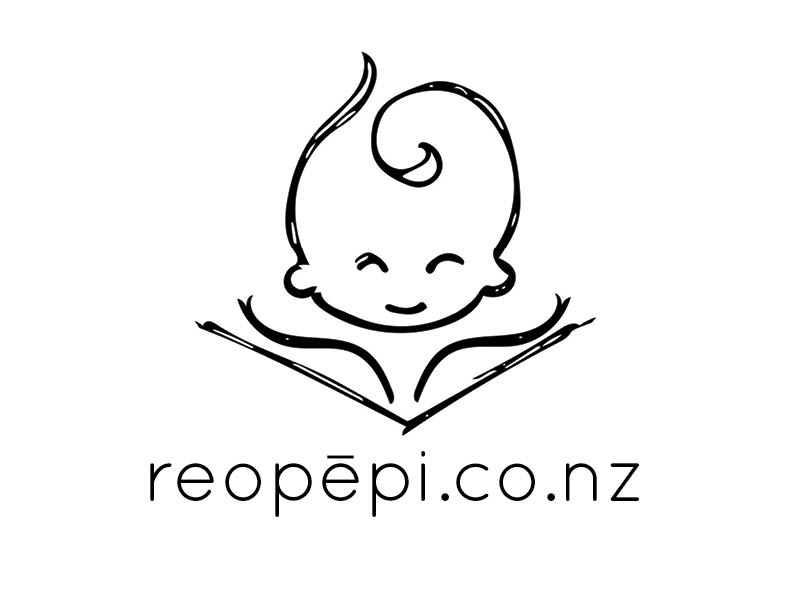Tahi-Series 1
Kanohi-My Face
Play the game with tamariki. This will come naturally and children will love to show their skills!
Utilise the reo from Kanohi throughout the day by asking tamariki “Kei hea ō Hū? Where are your shoes?” or “Kei hea te pukapuka? Where is the book?”
Use an overhead projector to cast a silouhette shadow of each childs kanohi. Trace around and draw in the whatu, taringa, waha etc together.
Use tinfoil squares to make a “face mould” of each childs kanohi.
Practice drawing kanohi with each of the kupu for the parts of the face. Try pairing tamariki and asking them to draw eachother.
Read Kanohi with the assistance of a mirror (similar prop w reflection) so that children can see their own 'kanohi' while pointing to the different parts. Note: this also helps with pronunciation as tamariki tend to mimic mouth movements and can visually see their own mouths moving as they say each kupu aloud
Teachers/educators could change their intonation using the phrasing in the book to create the question form: "he waha tēnei?", "he taringa ēnei?" to which the tamariki could respond with "ae/kao" etc therefore extending the language again
Kararehe-Animals
Tamariki love to empathise with animals and what better way than with practising their noises. “He hipi tēnei-This is a sheep. Baa baa Baa baa!”
Add in some extra reo Māori by asking “He aha te tangi o te hipi? What is the sound of the sheep?”
Teach the tamariki Māori animal sounds for some of the animals in the pukapuka e.g. "He kuri tēnei, auau" (not woof woof) or "he heihei tēnei, pīkaokao" “He poaka tēnei, oikaoikaoika”etc.
Extend the language to other animals relevant to the Māori world by printing out photos/pictures of native birds and insects and indicating "he weta tēnei" he moa + nui tēnei" etc
Utilise throughout your day by pointing things out with the reo from Kararehe-Animals E.G. “He inu tēnei. This is a drink.” Or “He poro tēnei. This is a ball.”
Extend yourself by adding in a question like “He aha te kupu Māori mō Ball? What is the word in Māori for Ball?” “Poro? Āe-He Poro tēnei.”
Provide cut outs for tamariki to colour in and cut around then make a farm with assorted materials and objects. Remember to use kupu Māori throughout.
Visit a farm or farm park-utilise a reo Māori theme using kupu from Kararehe. Play some waiata Māori on the way in the pahi!
Do an internet search for farm animals and invite tamariki to draw their favourites.
Kākahu-Getting dressed
Read Kākahu aloud. Ask the tamariki “Who can put on their own Kākahu? Pōraka? Hū?”
Provide a selection of dress ups for tamariki to try. Utilise the reo from Kākahu to help instruct.
Play games and races with dress ups.
Utilise the reo from Kākhau when tamariki dress dolls, play dress ups or use paper dolls or puzzle dolls if you have them.
On a large sheet of newsprint draw around the silouhette of one or each child, as you draw on the clothing utilise the reo from Kākahu. E.g. “Whakamaua tō poraka Tama” “Whakamaua ō tōkena Tama” etc.
Utilise the reo from Kākahu throughout the day. E.g. When you go outside: “Whakamaua ō Hū. Put on your shoes.” “Whakamaua tō Pōtae. Put on your hat.”...
Play a roleplay game and get the tamariki to 'hang the washing' up using props and the words form the pukapuka e.g. "Peter, whakamaua te/ngā tarau ki te raina kākahu" “Peter, put the trousers on the line J.”



